
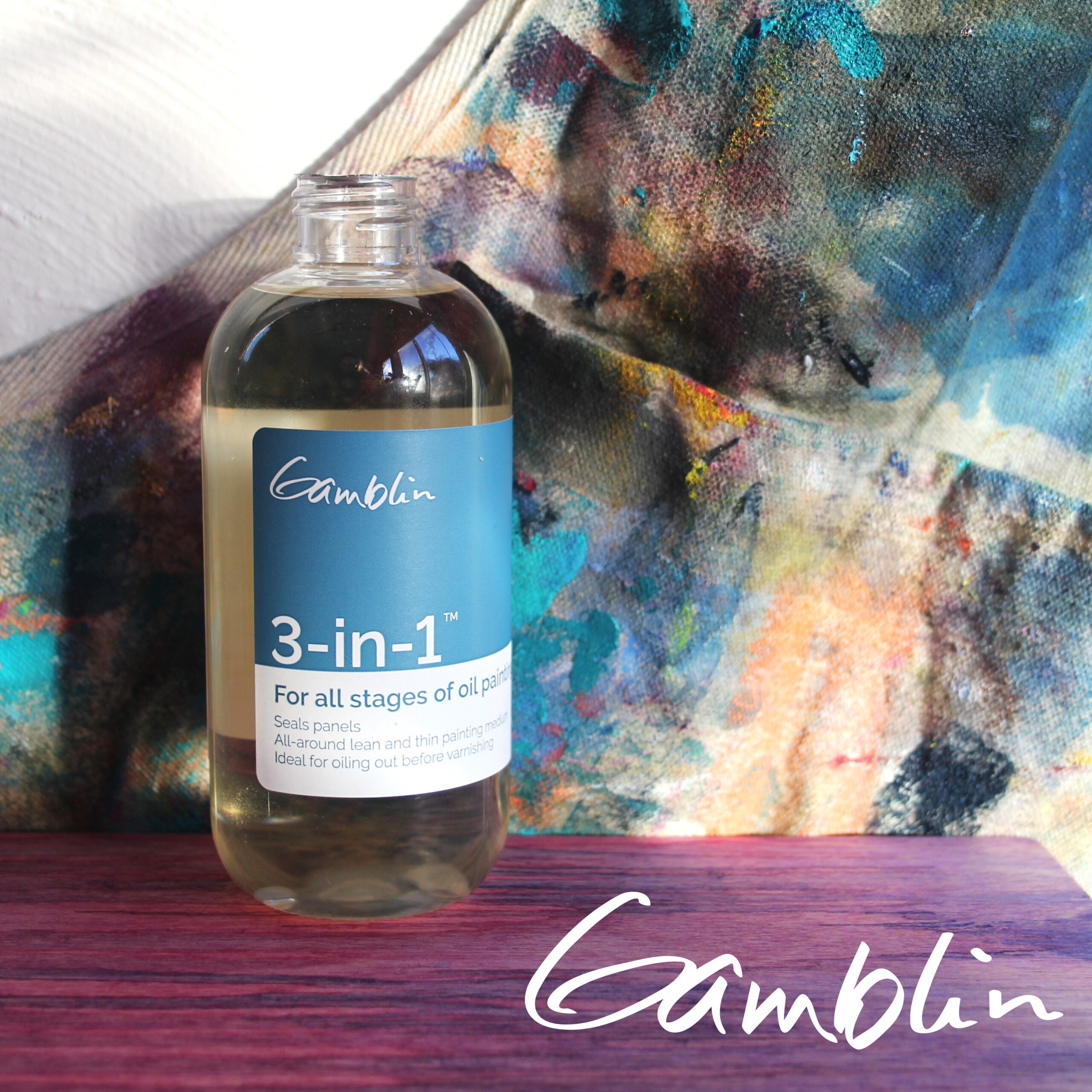
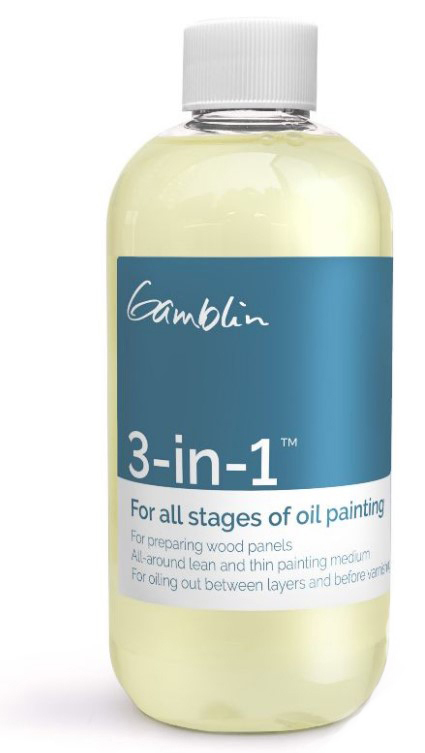
Gamblin 3-in-1
- Our leanest oil painting medium
- For preparing panels for oil painting
- Restores saturation and depth of color in dry paintings

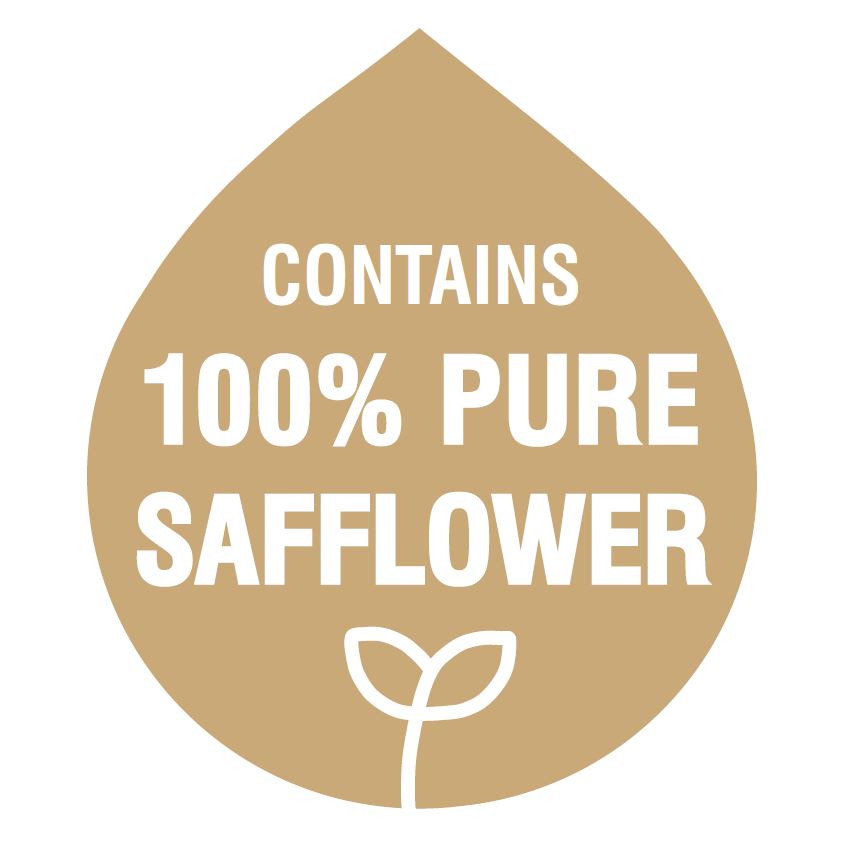
Gamblin 3-in-1 is available in the following sizes: 4.2 oz, 8.5 oz SDS
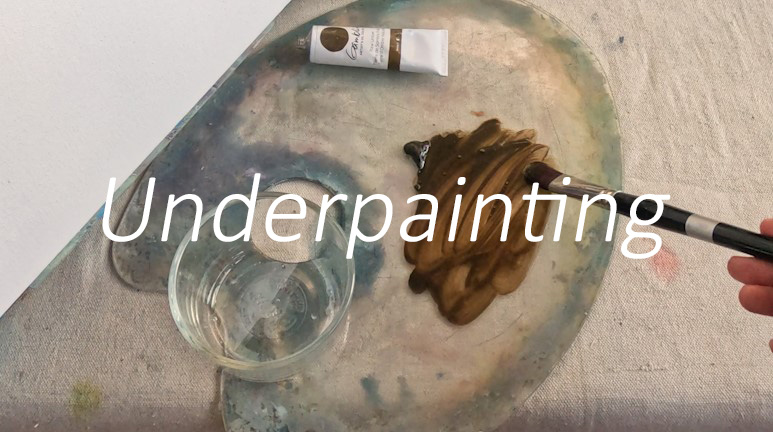
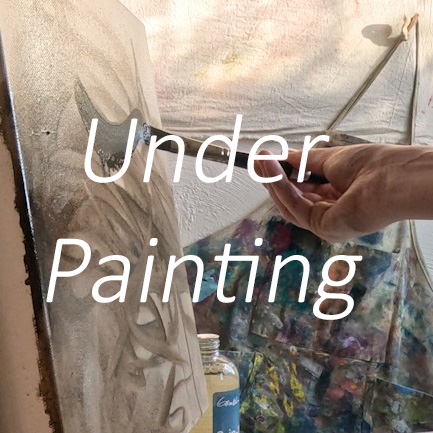
Underpainting
Our leanest oil painting medium, 3-in-1 is designed to be used for fluid washes and tonal layers of color. You can use as much (or as little) 3-in-1 as you prefer with oil colors to extend flow and increase transparency. 3-in-1 does not impart high-gloss and dries to a subtle, semi-gloss/satin finish.
When used with iron oxide underpainting colors like Raw Umber, thin washes and tonal layers of colors typically dry to the touch within approximately 24 – 48 hours. Cold temperatures, increased humidity and using colors not commonly associated with underpainting can prolong dry time rates. If one wants an even faster dry time result for their underpainting, we would suggest a 1:1 mixture of Galkyd + Gamsol.
3-in-1 is compatible with our entire range of oil painting mediums and other brands of painting medium. This includes Cold Wax Medium. Once the initial underpainting layers are dry, you can transition to a different medium.
3-in-1 may also be used on its own in upward progression, towards the middle and upper layers of a painting if desired. We suggest adding in small amounts of any of our fatter fluid painting mediums for this purpose. Galkyd and Galkyd Lite will maintain the same dry time of 3-in-1, meanwhile drying oils such as linseed, stand and safflower oil can extend dry time rates.
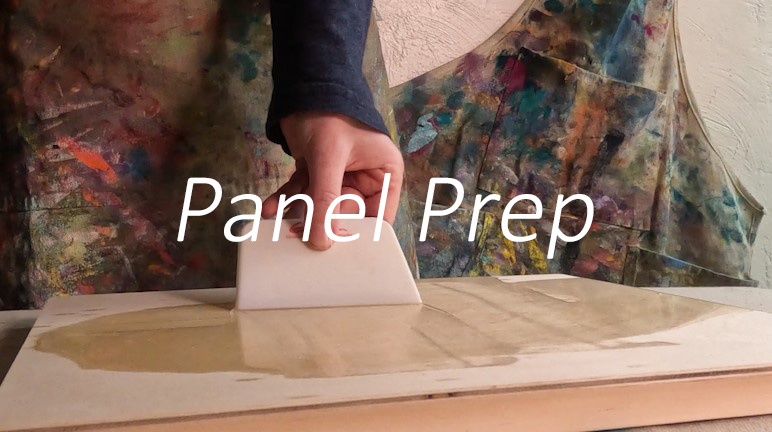
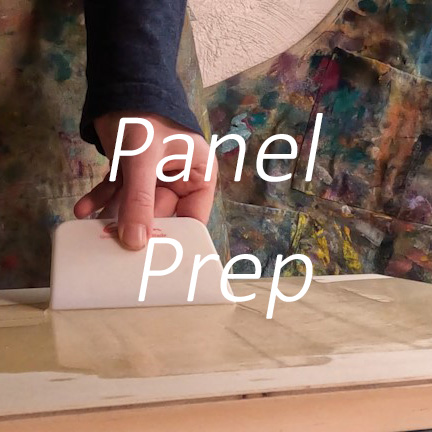
Panel Preparation
3-in-1 is useful for preparing wood panels and other substrates for oil painting and before application of Gamblin Oil Ground. The main purpose of this step is to stop the panel from taking on moisture which helps prevent warping overtime.
Directions:
- Brush on 3-in-1 liberally. Allow the mixture to soak in for 2-3 minutes
- Wipe away excess medium that is not absorbed with a lint-free cloth and allow the panel to dry overnight
- If painting directly on the panel without Oil Ground, apply a second coat to further reduce absorbency
- For a bright white surface, finish with two thin coats of Gamblin Oil Ground
- Allow for thorough drying between coats
For thin panels, 1/8th of an inch or thinner, we recommend applying 3-in-1 to the backside of your panel to help further reduce absorbency and prevent warping.
Some painters ask if Gamblin PVA Size should or could be used for panels to be primed with Oil Ground. PVA Size won’t harm a panel, however it is best suited for sealing stretched fabric (canvas and linen) and water media paper prior to application of oil-based primers.
We prefer the 3-in-1 for preparing panels substrates for oil painting or Oil Ground. The chemical bonding between 3-in-1 and Oil Ground makes is superior for panel preparation.
Unlike PVA Size, 3-in-1 is not pH neutral and should not be used on fabric or papers as a sealant.
3-in-1 is not intended to be used under acrylic primers, acrylic paint or other water based media.
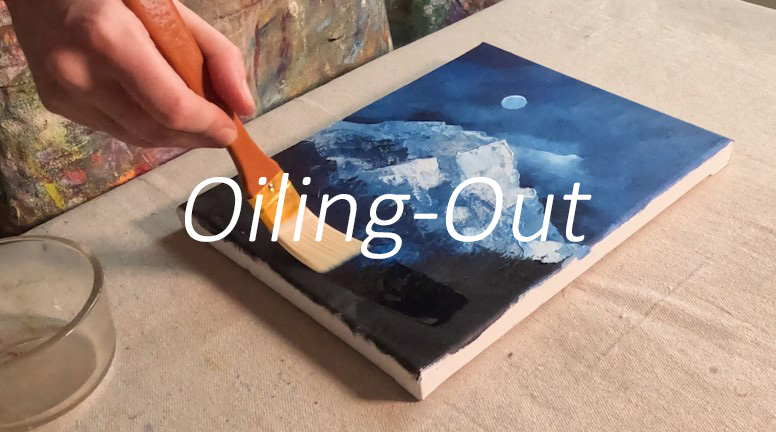
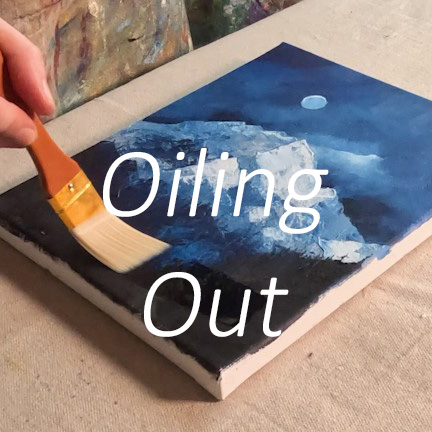
Oiling-Out Technique
Oil paintings sometimes develop an uneven variation where certain areas may appear dull while other areas appear more glossy. Oiling-out with 3-in-1 is an easy way to fix this. Oiling out, brushing on and wiping off oil medium, may be used throughout the painting process and prior to varnishing.
Oiling-out helps to:
- Wet out a dry painting making it more receptive to the next paint layer
- Restore color saturation and darks if a painting appears dull upon drying
- Reduce surface absorbency prior to varnishing with Gamvar
Oiling-Out Directions
- Brush apply Gamblin 3-in-1 to select dull areas or the entire painting
- Allow the mixture to be absorbed into the painting for 2-3 minutes
*** Tip: When oiling out a large surface area, divide it into manageable, overlapping sections - Wipe off excess oiling out mixture thoroughly with an absorbent, lint-free cotton cloth
- Utilize a dry brush to wick out medium that pools in more heavily textured areas
- Once dry, if dull areas remain, oil out just those areas again
You can oil-out as many times as needed to achieve your desired surface quality. Sometimes a painting needs more than one application of the oiling-out process to reduce absorbency and even our the surface. After oiling-out, you could immediately paint into the surface as the medium is still wet on the painting. Alternatively, you can wait until the oiling-out application is completely dry before continuing to paint.
When oiling-out prior to varnishing, wait until the painting is dry to the touch before proceeding to the varnishing step. On average, this usually takes a couple days, 2-3 days at the longest. In warm dry conditions the painting may be dry in 24 hours. Cold temperatures and high humidity can cause a longer dry time and waiting period before you can varnish.
Note that Gamblin 3-in-1 is not considered a varnish on its own.
What artists are saying
about Gamblin 3-in-1
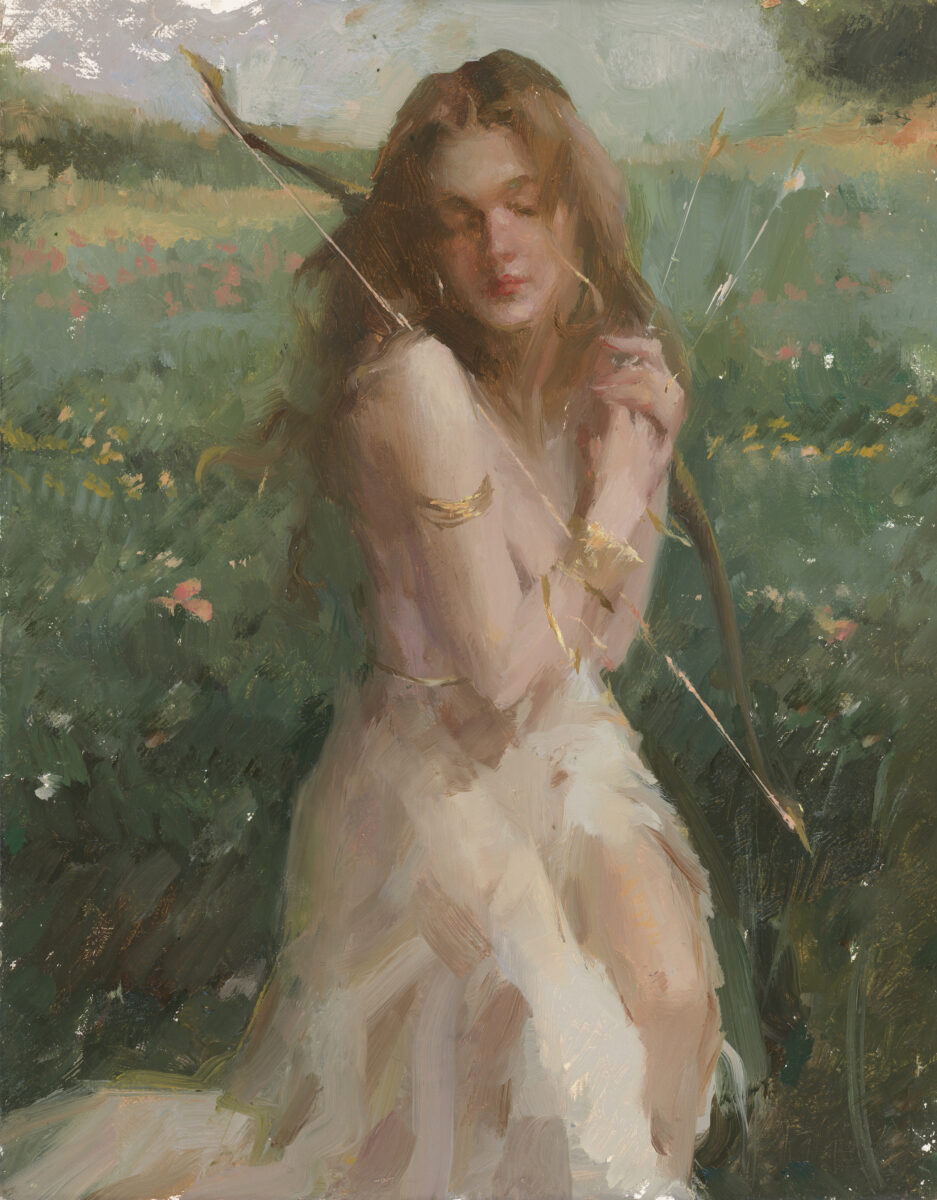
What I like about Gamblin 3-in-1 is how when the paint dries with this medium, it doesn’t dry glossy. 3-in-1 adds consistency, since that will be the final look that your painting will have when dry.
It’s helpful in-between layers, in order to paint again with full accuracy, you can oil out the portion that you want to add more color.
I’ve been using it on all of my paintings – especially for commissions since they tend to be more on a time crunch and it’s been an incredible helpful tool. I don’t think I would’ve been able to finish them without it!
Although I use few mediums in my work, lately for my larger paintings I turn to using Gamblin’s 3-in-1 Medium.
It has two properties that I find very useful: it helps make the paint more fluid so I can use broad, sweeping strokes for large areas, and it also helps the paint dry faster, allowing me to paint over areas for richer color and texture the very next day.
I also find it handy for glazing areas where I want a more transparent area of paint, as in the warm, shadow areas of “Glen Sannox: Looking Ahead, Looking Behind.”
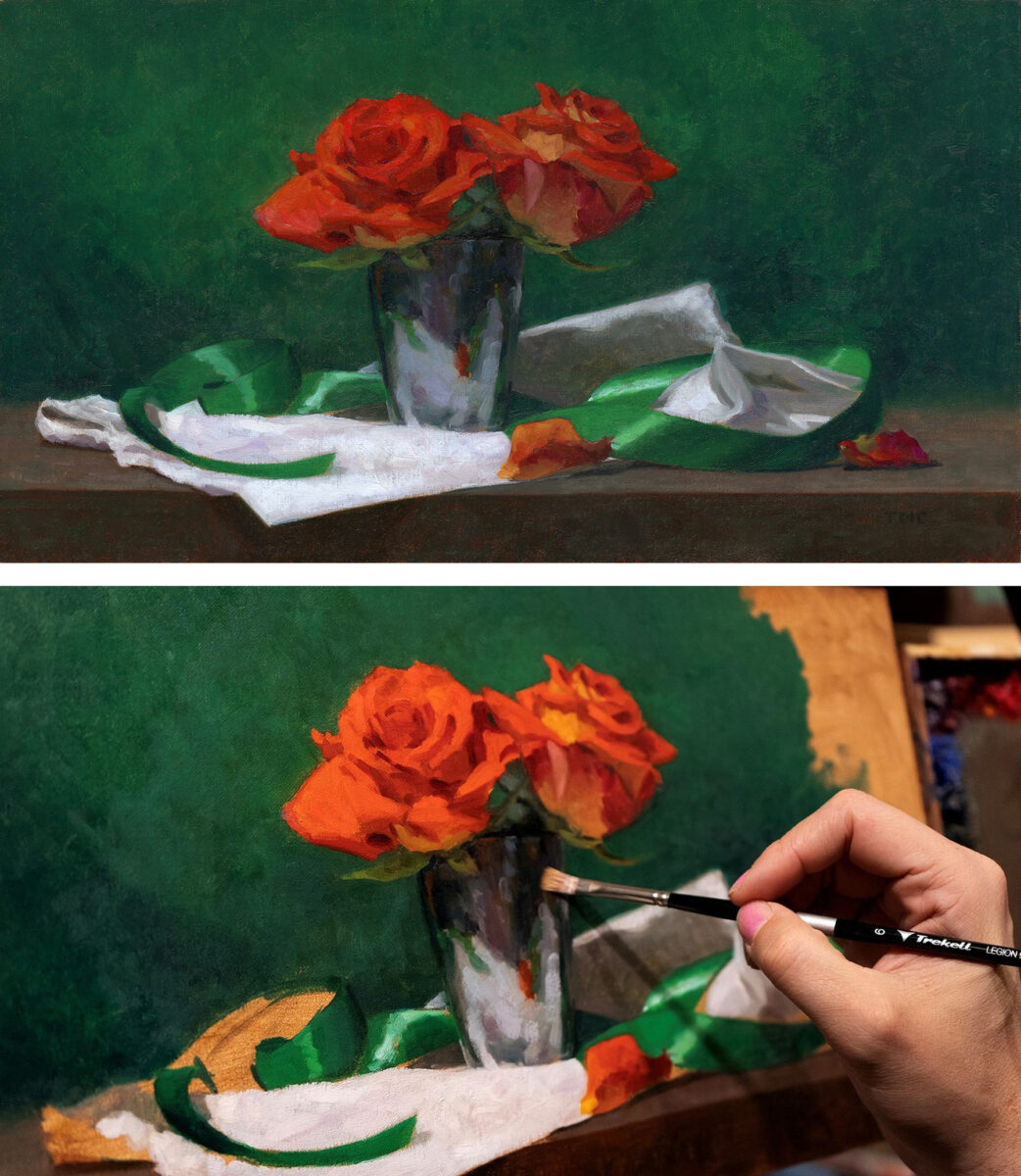
The first step when adding color in a painting is to do a wash in, sometimes called an ebauche. This washy painting sets up the color relationships in the painting but in a light (or high) key.
For years I used just Gamsol for my wash in. I just started to use Gamblin 3-in-1, and the wash-in/ebauche layer does not sink in.
It also creates a great first pass of paint for the second pass to grip onto. In small amounts, I also use it to oil-out some sunken in areas if needed, so it’s now used throughout my whole process of painting.

